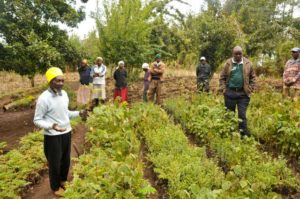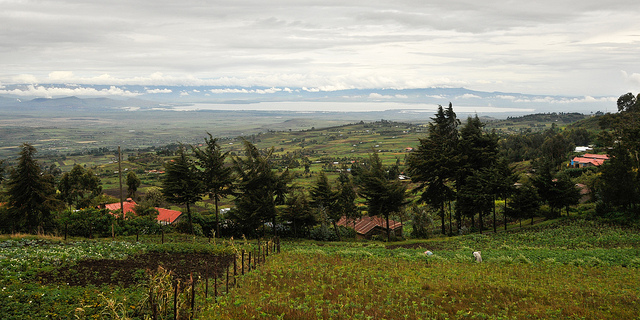On September 8, 2016, Kenya announced that it will restore 5.1 million hectares (12.6 million acres) of degraded land, an area roughly the size of Denmark, to more-productive use.
The move is poised to improve livelihoods, curb climate change, safeguard biodiversity and more. As a result of poor land use, including overcultivation and overgrazing, Kenya has been quickly losing land to desertification. The drylands that make up much of the country are particularly susceptible.
 About three-quarters of Kenyans are farmers, and many citizens rely on land and resources for their livelihoods. Continent-wide, 3 percent of agricultural productivity is lost due to soil and nutrient loss. Restoration can boost the quality of soil, reduce drought and erosion, and increase crop yields.
About three-quarters of Kenyans are farmers, and many citizens rely on land and resources for their livelihoods. Continent-wide, 3 percent of agricultural productivity is lost due to soil and nutrient loss. Restoration can boost the quality of soil, reduce drought and erosion, and increase crop yields.
Restoring degraded lands to productivity can also improve air and water quality for residents. In particular, land restoration will benefit Kenya’s least-advantaged, including members of nomadic tribes that make their living by grazing livestock and growing food crops in the rangelands.
Kenya’s restoration plan is not only notable because it will reverse some of this degradation, but because of how the country set its international target.
The World Resources Institute (WRI) participated in a technical working group that used a novel research approach to map Kenya’s different land areas.
That group found 38.8 million hectares (96 million acres)—more than 65 percent of Kenya’s total land area—suitable for restoration. The benefits of these actions go way beyond land—restoration can bolster several sectors of the environment and economy all at once.
Photos by Aaron Minnick/WRI.

